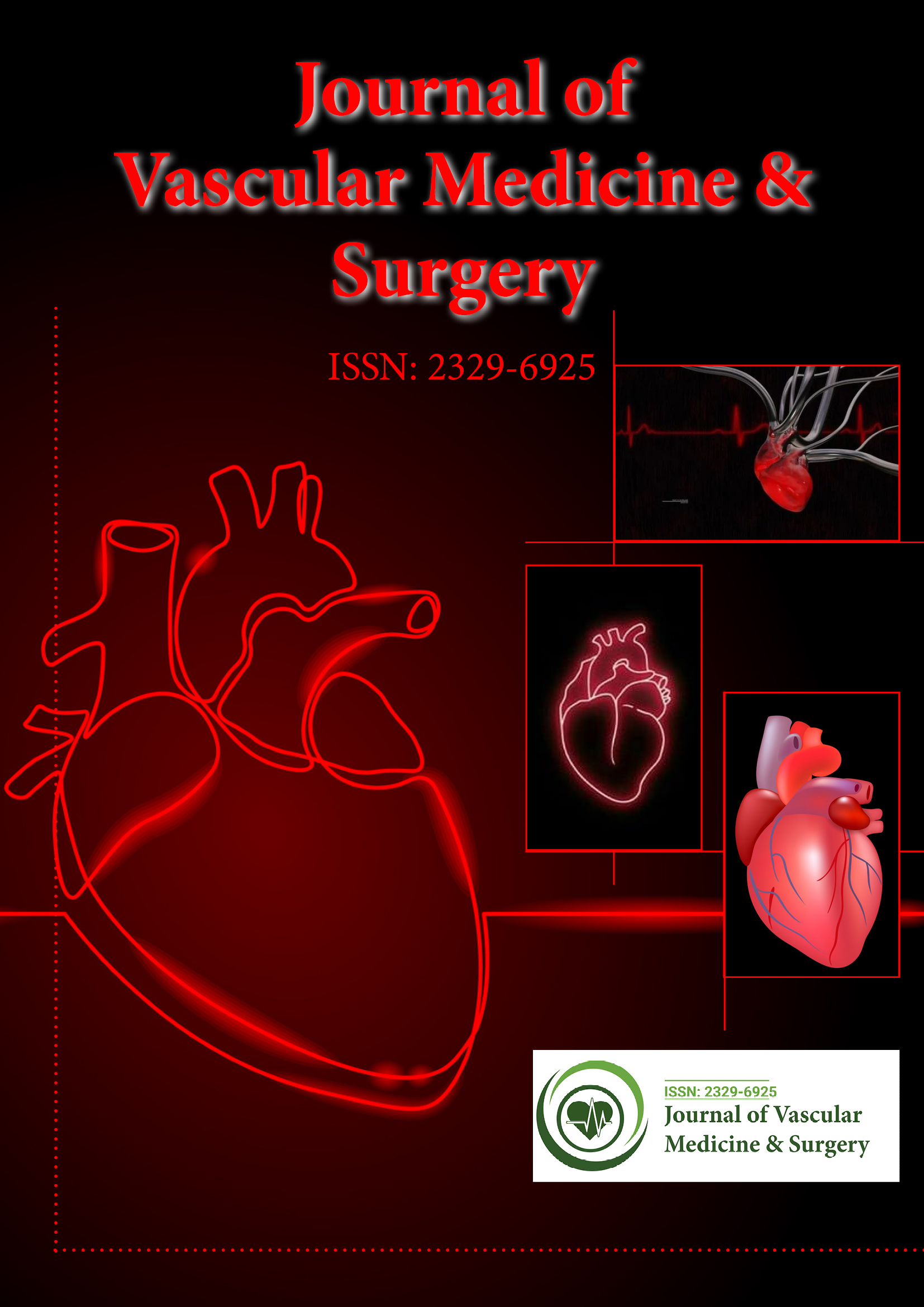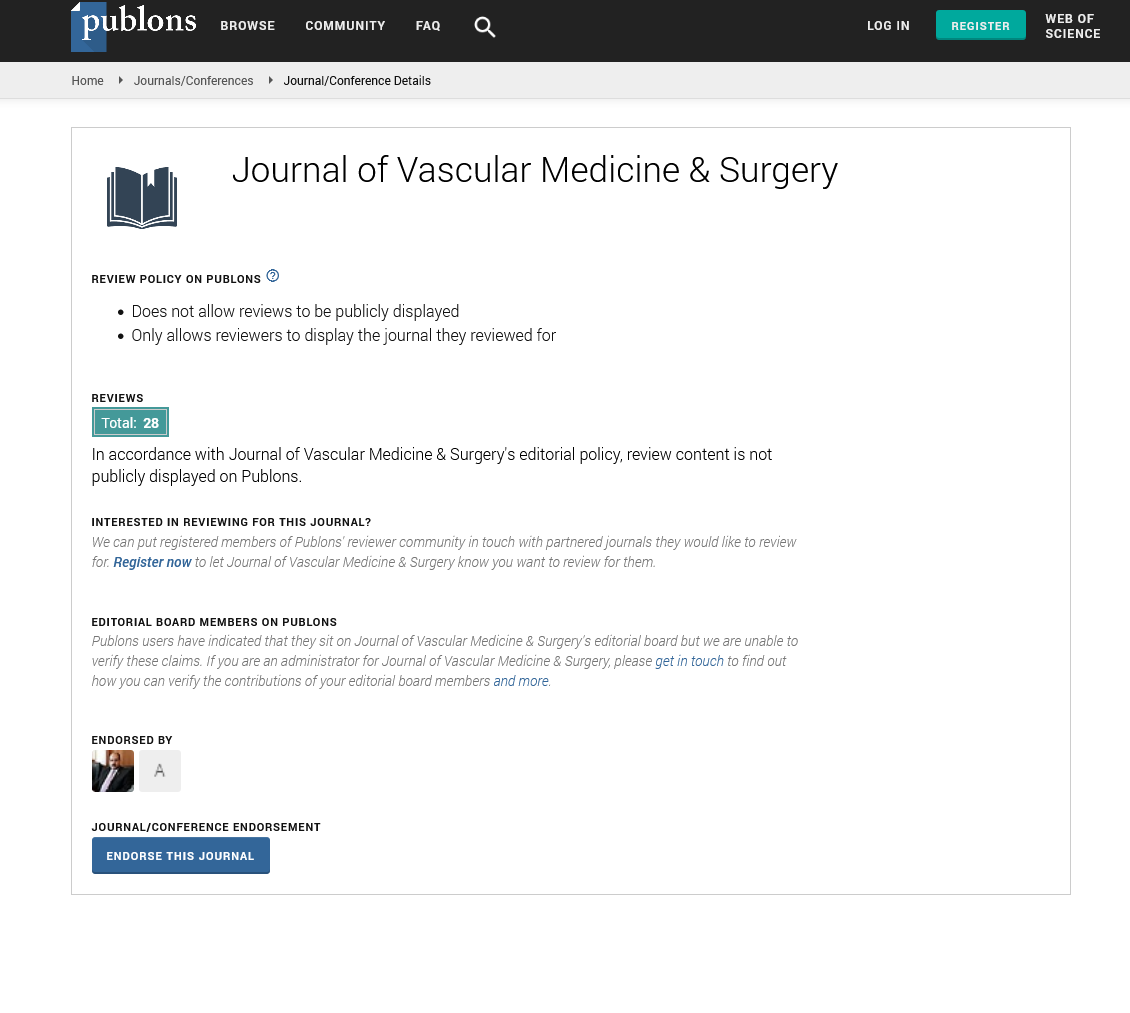Indexed In
- Open J Gate
- Academic Keys
- RefSeek
- Hamdard University
- EBSCO A-Z
- OCLC- WorldCat
- Publons
- Euro Pub
- Google Scholar
- SHERPA ROMEO
Useful Links
Share This Page
Journal Flyer

Open Access Journals
- Agri and Aquaculture
- Biochemistry
- Bioinformatics & Systems Biology
- Business & Management
- Chemistry
- Clinical Sciences
- Engineering
- Food & Nutrition
- General Science
- Genetics & Molecular Biology
- Immunology & Microbiology
- Medical Sciences
- Neuroscience & Psychology
- Nursing & Health Care
- Pharmaceutical Sciences
Abstract
Assessment of Venous Thromboembolism Risk and Use of Anticoagulant Thromboprophylaxis in Chuk, Rwanda: A Cross-Sectional Study
Emile Abimana*, Etienne Ntabanganyimana, Raphael Ndahimana, Osee Sebatunzi R and Florence Masaisa
Background: Venous Thromboembolism (VTE) is common and preventable disease among non-surgical hospitalized patients. Its incidence is high and alarming. Acute medical patients have VTE risk during and after hospitalization. Padua prediction score is a risk model created to identify high VTE risk patients among non-surgical hospitalized patients.
Methods: We performed a cross-sectional survey of 107 patients admitted in internal medicine wards that were assessed as acute ill patients at emergency department, in a period of 4 weeks. The demographic and clinical data were collected using a designed questionnaire. VTE risk was defined as having a Padua prediction scores of ≥ 4 points. Statistical analysis was done to determine prevalence. The patients at high VTE risk received thromboprophylaxis.
Results: Of one hundred and seven eligible patients included. 84% were found with high VTE risk. Among physiologically unstable patients, 60% of the patients were classified in red color during the time of triage, this means, they were severely sick and needing resuscitation. Among leading diagnosis, severe pneumonia was predominant (29%). Severe pneumonia and uncontrolled DM showed significant association with high VTE risk. 11.1% of high VTE risk patients were taking anticoagulant thromboprophylaxis prior to the recruitment.
Conclusion: This study demonstrated a high prevalence of VTE risk among acute ill medical patients and underuse of anticoagulants thromboprophylaxis in potential patients at Kigali university teaching hospital, chuk. Padua prediction score should be implemented for early detection of patients at-risk of VTE in severely ill patients and start anticoagulant thromboprophylaxis on time for reducing mortality and morbidity.
Published Date: 2023-04-17; Received Date: 2023-01-24

